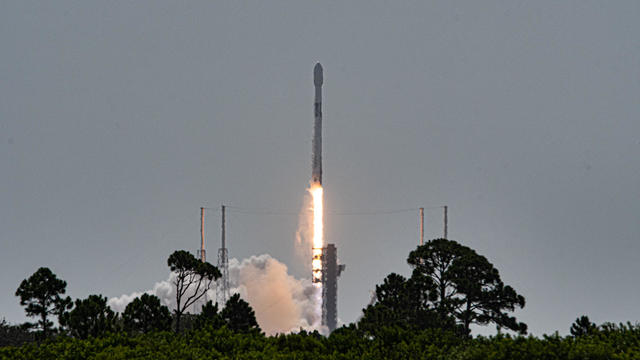
SpaceX Falcon 9 boosts Cygnus space station cargo ship into orbit
The Cygnus spacecraft will catch up with the space station on Tuesday, bringing more than 4 tons of needed supplies and equipment.


The Cygnus spacecraft will catch up with the space station on Tuesday, bringing more than 4 tons of needed supplies and equipment.
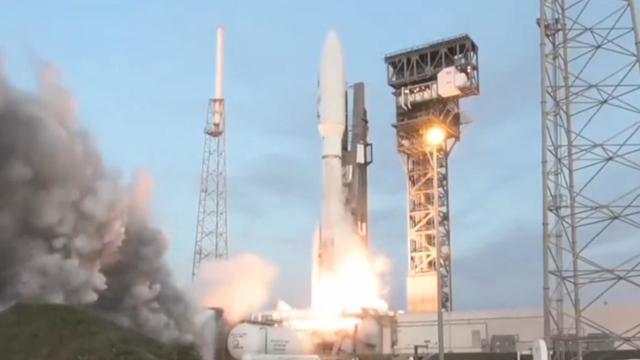
A United Launch Alliance Atlas V rocket lifted off from Florida's Cape Canaveral on Tuesday, carrying a secret payload for the U.S. Space Force into orbit for a national security mission. The launch also marked the 100th national security mission carried out by ULA. CBS News space consultant Bill Harwood joins with more.
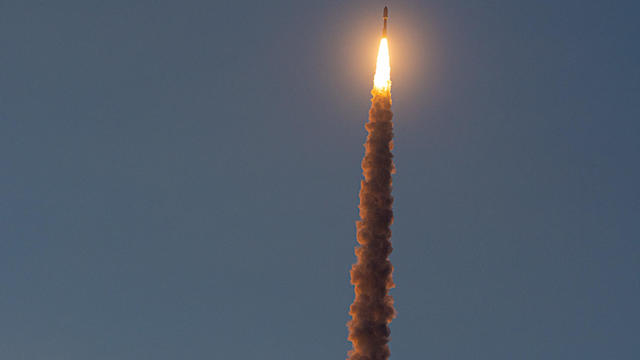
Tuesday's flight was the Atlas 5's final national security mission as builder United Launch Alliance transitions to new Vulcan rockets.
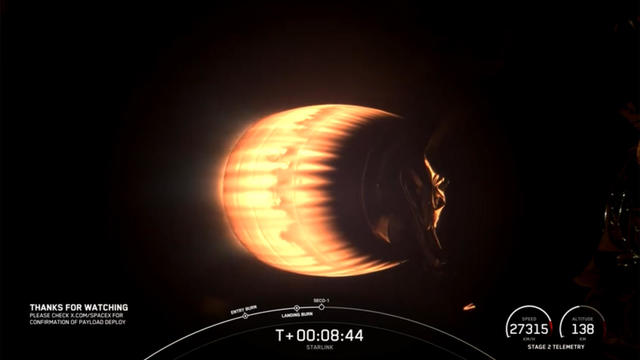
SpaceX put 67 Starlinks into orbit while Boeing carried out successful tests of its Starliner capsule.
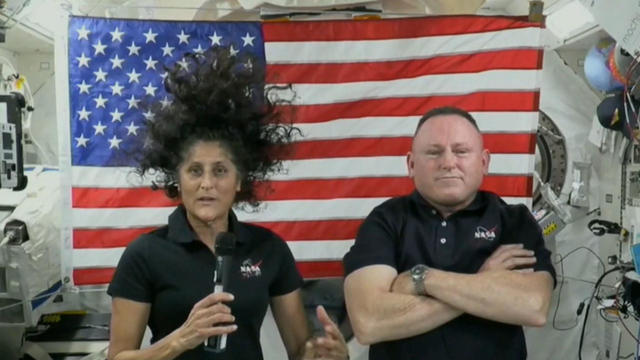
Engineers say they're still troubleshooting issues discovered aboard the Boeing Starliner spacecraft that took NASA astronauts Butch Wilmore and Suni Williams into space. They were originally supposed to spend eight days aboard the International Space Station. They've now been up there for almost eight weeks.
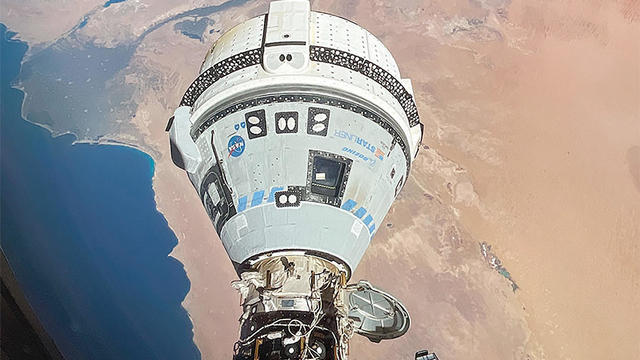
NASA and Boeing managers are increasingly confident the Starliner capsule is good to go for re-entry and landing.
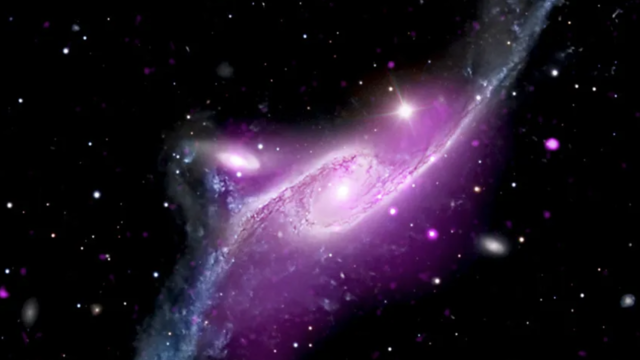
The Chandra X-ray observatory was launched on July 23, 1999.
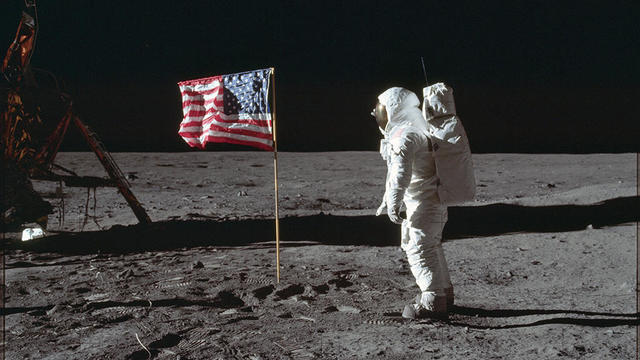
The cosmos is providing a full moon for the 55th anniversary of the first lunar landing this weekend, and plenty of other events honor Neil Armstrong and Buzz Aldrin's giant leap.

This weekend marks 55 years since the historic Apollo 11 moon landing. Retired NASA astronaut Leroy Chiao joins CBS News to look back on the small step for man and giant leap for mankind.
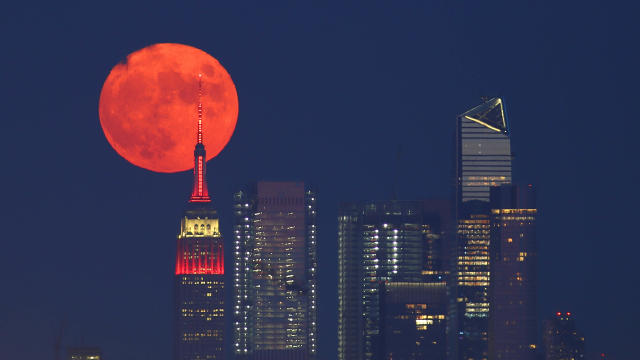
The full moon, also known as the Thunder Moon, will last three days, peaking on Sunday morning.
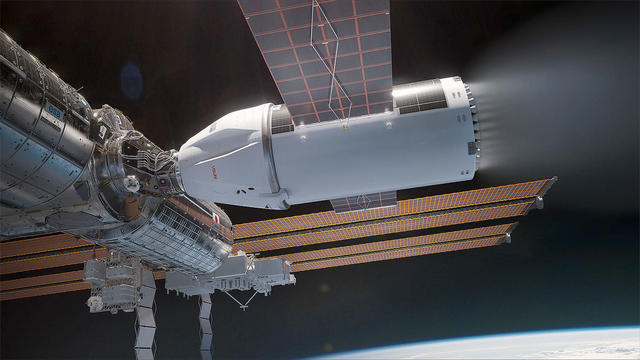
NASA says the Deorbit Vehicle will drive the lab to a controlled re-entry and breakup in 2030 to close out three decades of operation.

Rain already falls on Venus, but it took more than 14 minutes for Missy Elliott's The Rain (Supa Dupa Fly)" to reach the planet.
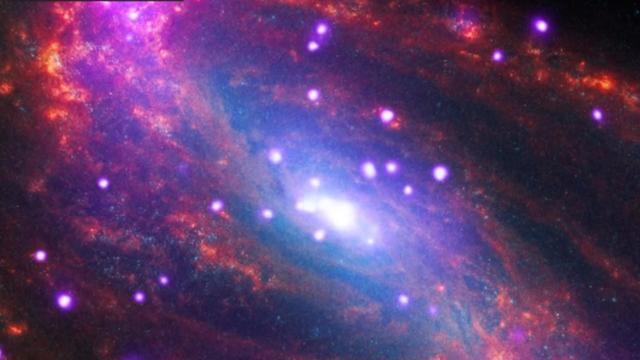
It has been two years since NASA's James Webb telescope gave us a stunning first look at the depth of our universe. To commemorate the achievement, NASA has released new images showing two distant galaxies interacting with each other. Jane Rigby, astrophysicist and a senior project scientist for the Webb telescope at NASA, joins CBS News to discuss.
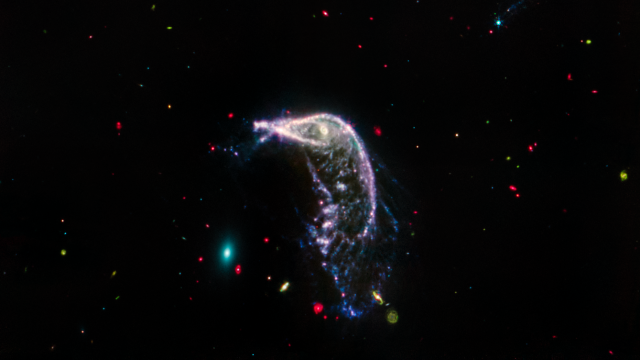
The image released Friday depicts two merging galaxies, nicknamed "the Penguin and the Egg," that are about 100,000 light years apart, a surprisingly close distance in astronomical terms.
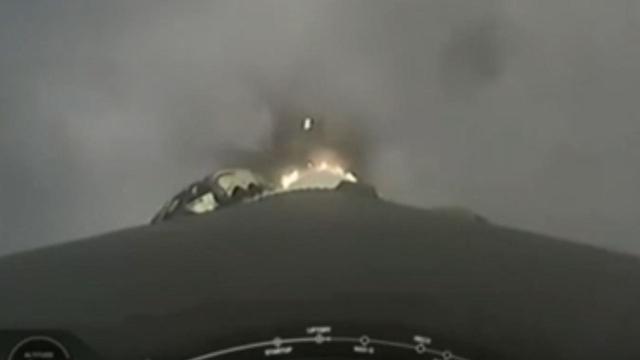
SpaceX's Falcon 9 rocket suffered a catastrophic engine failure as it launched a batch of Starlink satellites into orbit Thursday night, the first time in nearly a decade the rocket has failed. CBS News space consultant Bill Harwood has more on that and the latest images from the James Webb Space Telescope.


Our website uses cookies to improve your experience. Learn more